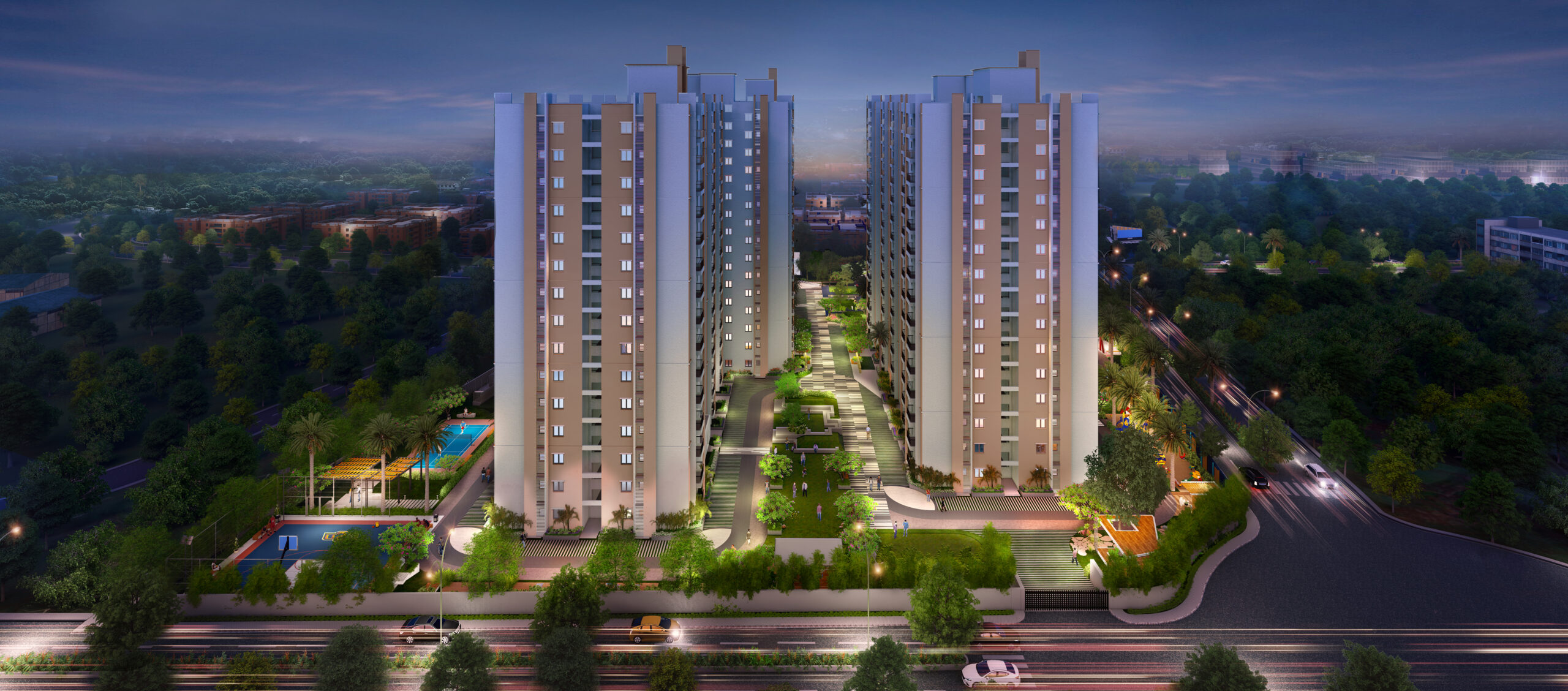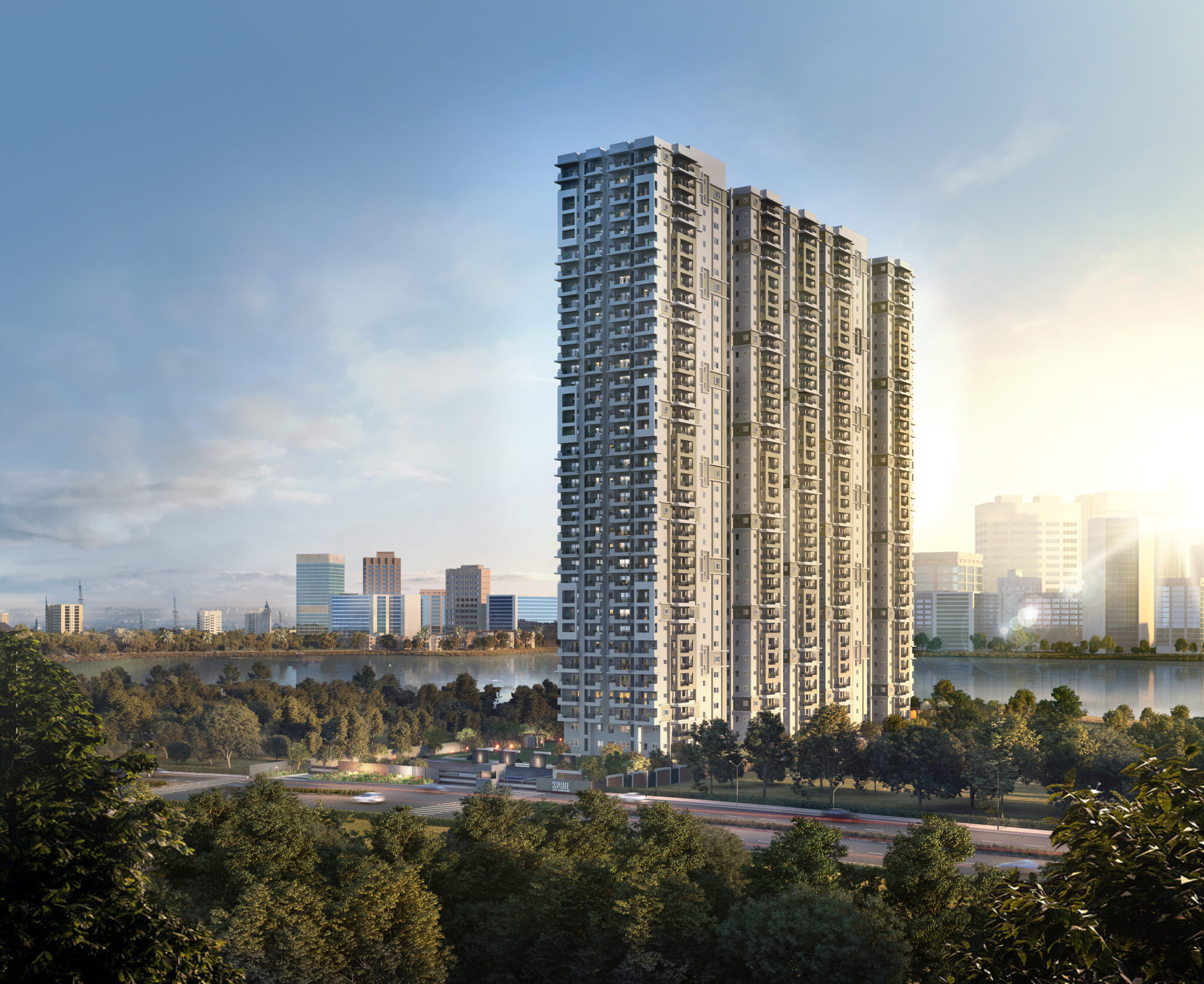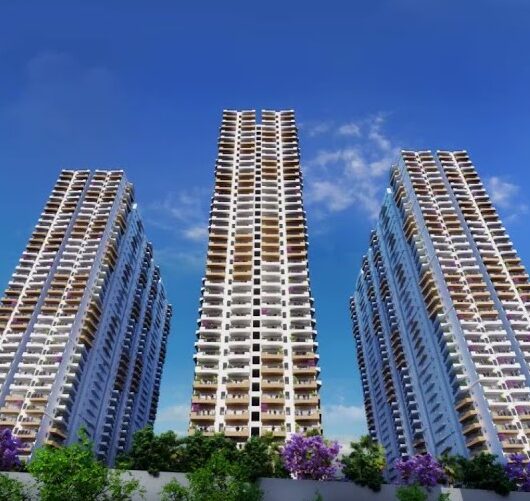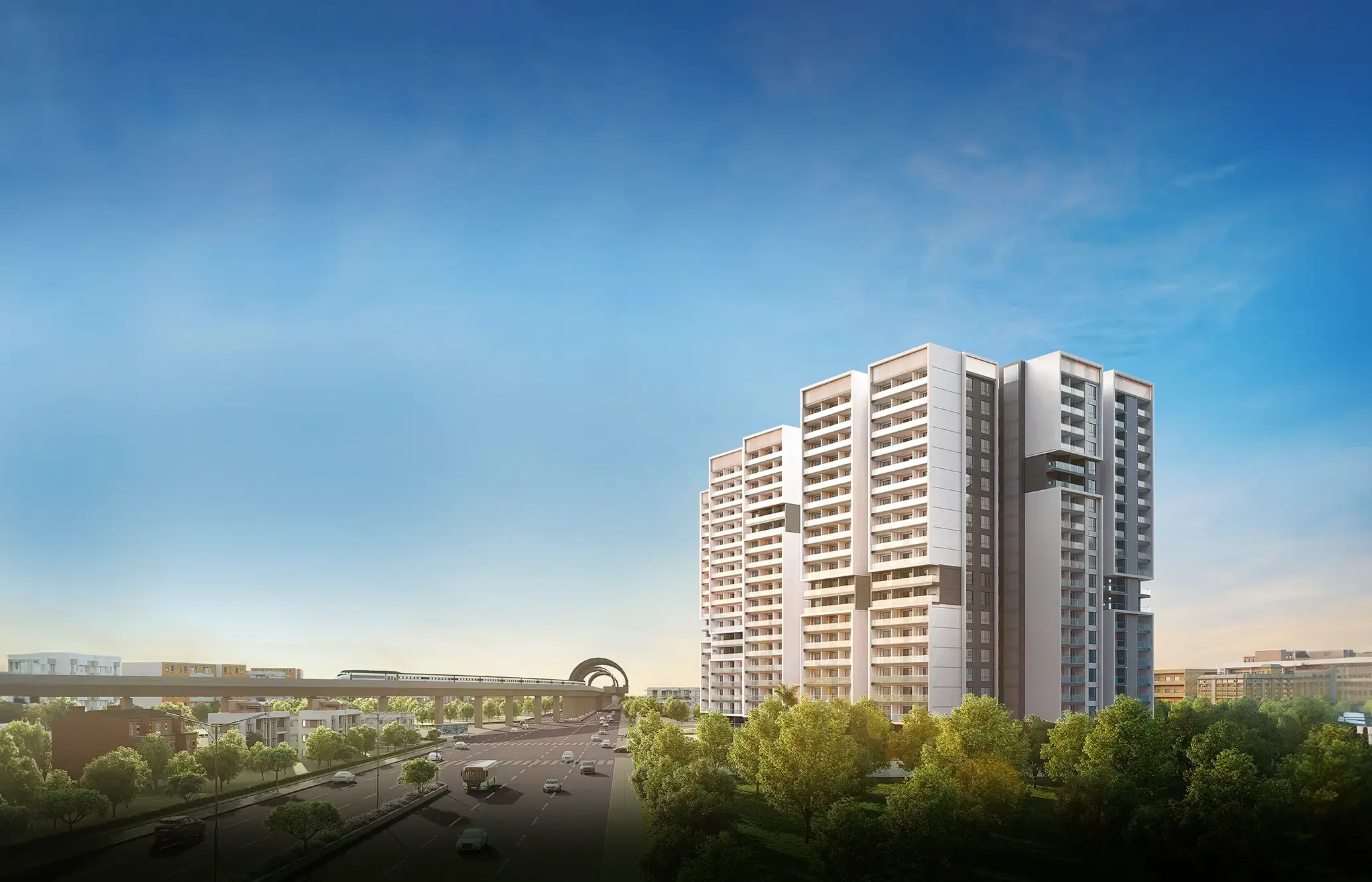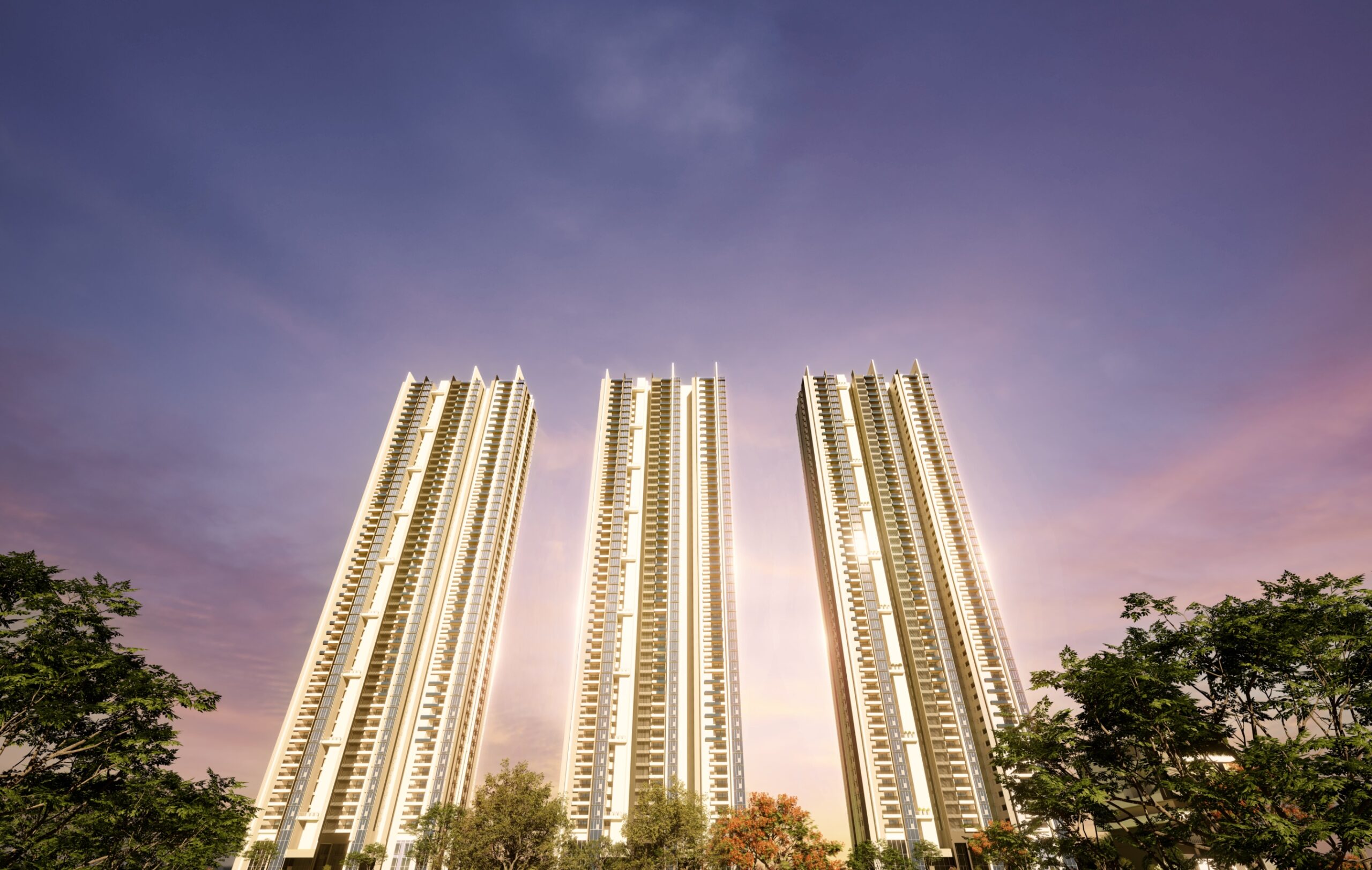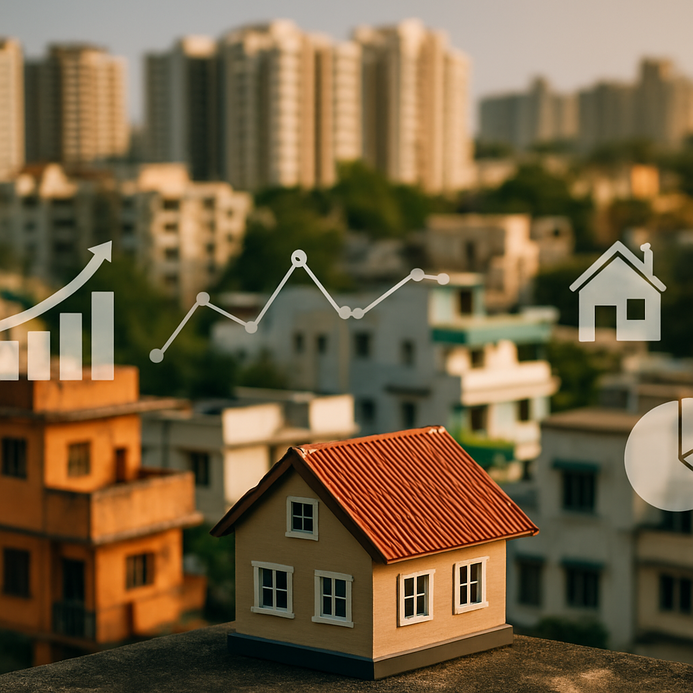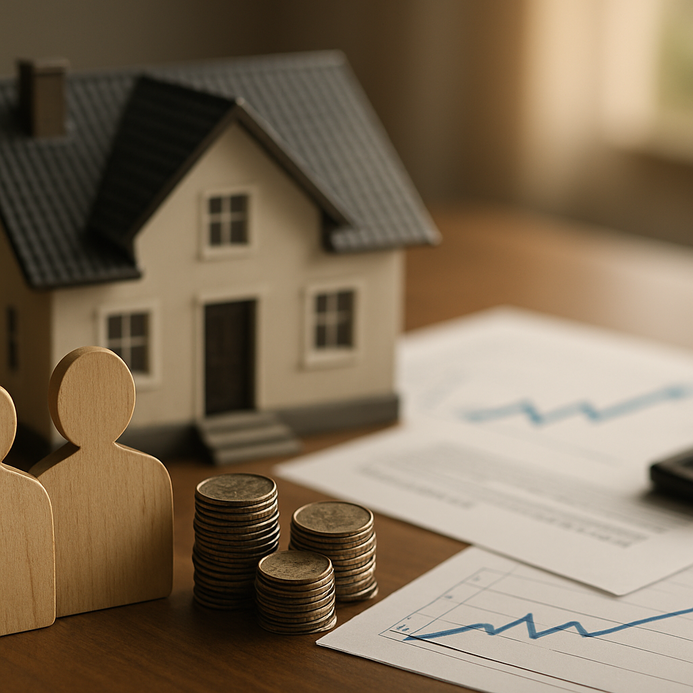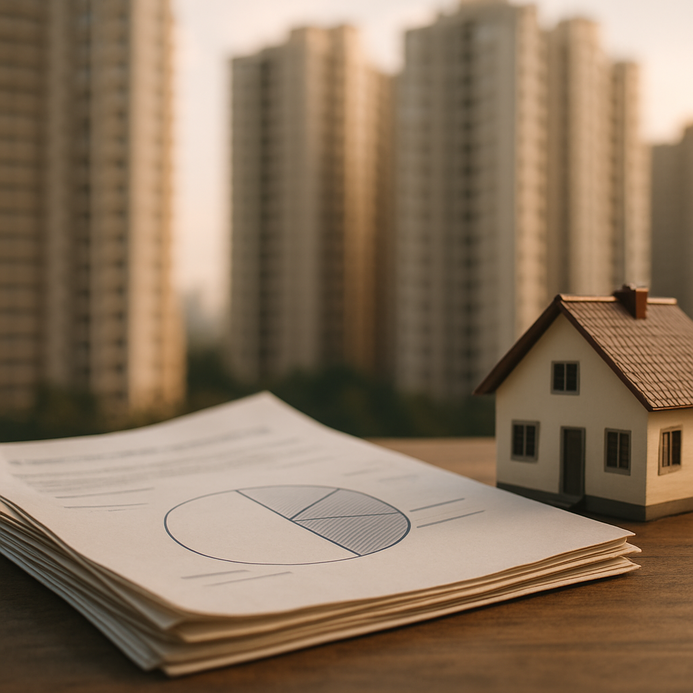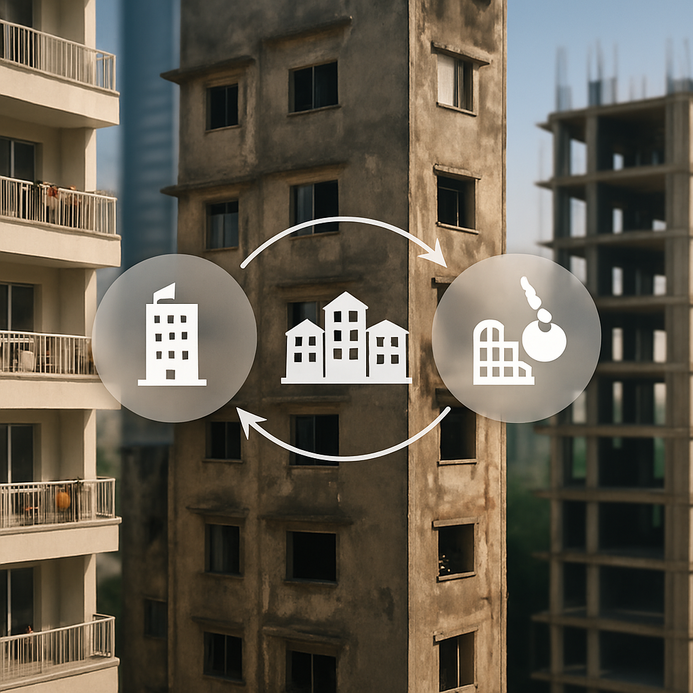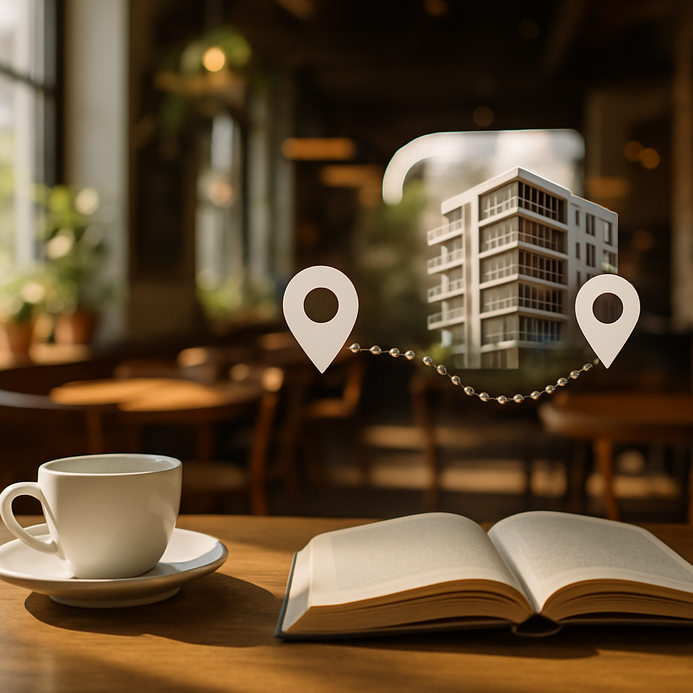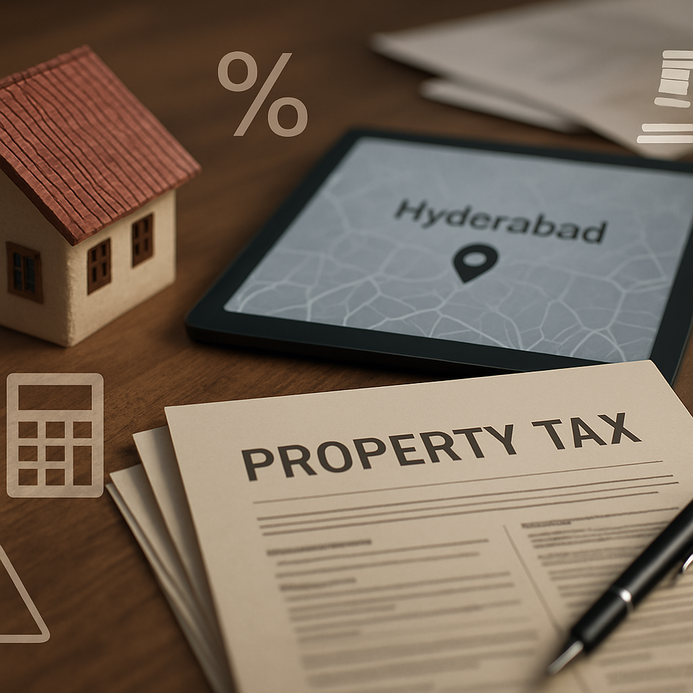Home Renovation Tips to Make Your Space Senior-Friendly
Understanding the Need for Accessibility
Making your home more senior-friendly? It’s super important these days. With India’s population steadily aging, there’s more focus on creating comfortable and accessible living spaces. The National Statistical Office (NSO) reports that by 2050, folks over 60 will hit about 319 million, that’s a huge jump from 2010! So yeah, accessibility in homes can really boost safety and comfort for our aging family members.
Think grab bars, non-slip flooring, and wider doorways. You know, the basics that make everyday life a bit safer. About 75% of seniors want to age in place, which means designing spaces that fit their needs is key. Plus, there are home renovation loans out there, an easy way for families to tackle these changes without breaking the bank.
Here’s a look at some must-have accessibility features:
| Feature | Benefit | Estimated Cost (INR) |
| Grab Bars | Enhanced Safety | 2,000 – 15,000 |
| Non-Slip Flooring | Fall Prevention | 10,000 – 50,000 |
| Wheelchair Accessible Ramps | Improved Mobility | 15,000 – 30,000 |
| Stairlifts | Help for Multi-level Homes | 30,000 – 1,50,000 |
| Wider Doorways | Better Accessibility | 20,000 – 70,000 |
Home renovation incentives can do wonders. They not only improve the living space but can uplift quality of life, too.
Families can get creative, too. Open spaces or smart tech? Absolutely! Getting advice from resources like source can help you explore energy-efficient ideas that work well for aging folks.
Adapting living spaces ahead of time makes a world of difference, ensuring that our loved ones can stay safe, comfortable, and independent. Understanding why accessibility matters is just the first step in making our homes more inviting for everyone.
Key Renovations to Consider
Ready to modify your home for an aging parent? Some renovations can make a huge difference in their daily lives. Here’s a list of smart moves you might want to consider:
| Renovation Type | Description | Estimated Cost (INR) |
| Anti-Skid Tiles | Install anti-skid flooring in wet areas to avoid slips. | 60-150 per sq. ft. |
| Grab Bars | Add grab bars in bathrooms and near stairs for stability. | 1,000-3,500 per bar |
| Ramp Access | Construct a ramp for wheelchair access at entrances. | 20,000-50,000 |
| Wider Doorways | Widen doorways to accommodate wheelchair access. | 15,000-35,000 |
| Lowered Countertops | Adjust kitchen countertops to a suitable height for seated use. | 5,000-15,000 |
| Adjustable Lighting | Install adjustable lighting to improve visibility. | 1,500-5,000 per fixture |
These tweaks boost accessibility and create a more comfortable living environment. Just think: grab bars in the bathroom reduce fall risks, and anti-skid tiles help keep things steady.
Also, don’t forget about those home renovation incentives that could help with costs. Loans and grants might be your ticket to upgrading your home. Want to know more? Check out home renovation ideas for tips.
Incentives, like tax credits, are in play, as the National Center for Healthy Housing explains. They can ease the financial pressures of these renovations.
Long story short? Making your home suitable for an aging parent isn’t just about love, it’s about ensuring they enjoy their life in a space they know and love. Dig deeper into home renovation incentives and ideas to find what works for you.
Creating Wheelchair-Friendly Spaces
Designing wheelchair-friendly spaces? Definitely a must for your aging parents. Accessibility starts at the front door and should flow throughout the entire house. A well-thought-out layout makes a world of difference for day-to-day living.
Doorways and Corridors
Aim for at least 36 inches wide in doorways, this means easy wheelchair access. Corridors should ideally be around 42 to 48 inches wide to ensure smooth navigation. And switch to lever handles instead of doorknobs, it just makes everything easier.
Seamless Floor Transitions
Keep the flooring consistent and free from anything that could trip someone up. No rugs, please. Smooth surfaces, like vinyl or hardwood, are way better for mobility.
Room Layout and Spatial Planning
Open-concept designs? Absolutely! Clear paths are crucial. Aim for at least 5 feet clear space for turning, no awkward maneuvering needed.
Here’s a rundown of flooring options that work well for wheelchair access:
| Type of Flooring | Pros | Cons |
| Hardwood | Durable and stylish | Can be slippery |
| Vinyl | Easy to clean and maintain | Less durable |
| Carpet | Soft and comfortable | Difficult to move on |
| Tile | Easy to clean, durable | Can be cold and hard |
Need financial help? Look into home renovation loans to cover those necessary changes. Local programs might have renovation incentives, too. Remember, having accessible living spaces is essential for safety and comfort.
For more tips on effective home renovations, take a look at this guide: Source. And explore other articles on our site about smart modifications that prioritize comfort and safety.
Financial Planning for Home Renovations
Thinking of home renovations to make life easier for an aging parent? Financing is a key piece of the puzzle. Let’s dive into some options, government programs, and loans that can lighten the financial load.
Home Renovation Loans
These loans are popular for a reason, they let you borrow funds for upgrading your living space. Banks often have various products suited for this. As of October 2023, interest rates will be around 8-10%, but it varies by your credit score and loan amount.
| Loan Type | Interest Rate (approx.) | Loan Amount (max) | Tenure (years) |
| Home Improvement Loans | 8-10% | ₹15-50 Lakhs | 5-20 |
| Personal Loans | 10-15% | ₹5-20 Lakhs | 1-5 |
| Home Equity Loans | 7-9% | Based on equity | 5-15 |
Check into government incentives for renovations, like the Pradhan Mantri Awas Yojana. They offer interest subsidies that can cut renovation costs. Find out more on PMAY.
Government Programs and Grants
Besides loans, grants are available to help homeowners make energy-efficient upgrades. The Energy Efficiency Financing Program specifically supports renovation projects that aim for energy efficiency, with lower interest rates as a bonus.
Look into state-specific programs as well. The Ministry of Housing and Urban Affairs has initiatives aimed at improving housing conditions while fostering sustainable practices. For more info, head to Energy Efficiency.
For homeowners, understanding how to finance these projects is essential. This way, you can help your aging family members live comfortably and safely. Explore all your funding options to make financial planning for your home renovation a bit easier.
Planning for the Future: Smart Home Integration
Embracing smart home technology can really boost safety and convenience for your aging parents. Think about automated lighting, seriously, it reduces the risk of falls when they get up at night. Motion-sensor lights can light up pathways and make navigating their home a breeze.
And let’s not forget emergency response systems. These are invaluable for immediate help. Whether it’s a wearable device or a fixed system, they offer peace of mind by ensuring seniors can reach family or emergency services with just a click.
Here’s a quick comparison of handy smart home tech options for seniors:
| Feature | Benefits | Estimated Cost (INR) |
| Automated Lighting | Enhances mobility, reduces fall risk | 5,000 – 30,000 |
| Smart Doorbells | Two-way communication for safety | 2,500 – 15,000 |
| Emergency Alert Systems | Quick access to help via wearable devices | 2,000 – 25,000 |
| Smart Thermostats | Easy temperature control, energy efficiency | 10,000 – 25,000 |
| Security Cameras | Remote monitoring for added safety | 5,000 – 50,000 |
Investing in these upgrades could also make you eligible for different home renovation incentives, helping to ease the financial burden. Wanna know more? Check out this source for details.
Integrating smart technologies is a forward-thinking way of enhancing comfort and safety as our parents grow older. Accessible renovations not only improve daily life but also help seniors maintain their independence. For extra resources on smart devices and energy efficiency, don’t miss this detailed guide on home upgrades.
Upgrading your home with these smart features improves your loved ones’ living situation and could boost your property value. Make these changes to create a safe and welcoming space, meeting the needs of everyone in your household.
FAQ
1. What are some key features to include for senior accessibility?
Key features include grab bars, non-slip flooring, wheelchair ramps, stairlifts, and wider doorways.
2. How can I finance home renovations for accessibility improvements?
You can consider home renovation loans, personal loans, and government programs such as the Pradhan Mantri Awas Yojana.
3. Are there grants available for making homes more energy-efficient?
Yes, there are various government grants and programs aimed at supporting energy-efficient home renovations.
4. How can smart home technology assist seniors?
Smart home technology, such as automated lighting and emergency alert systems, can enhance safety and convenience for seniors.
